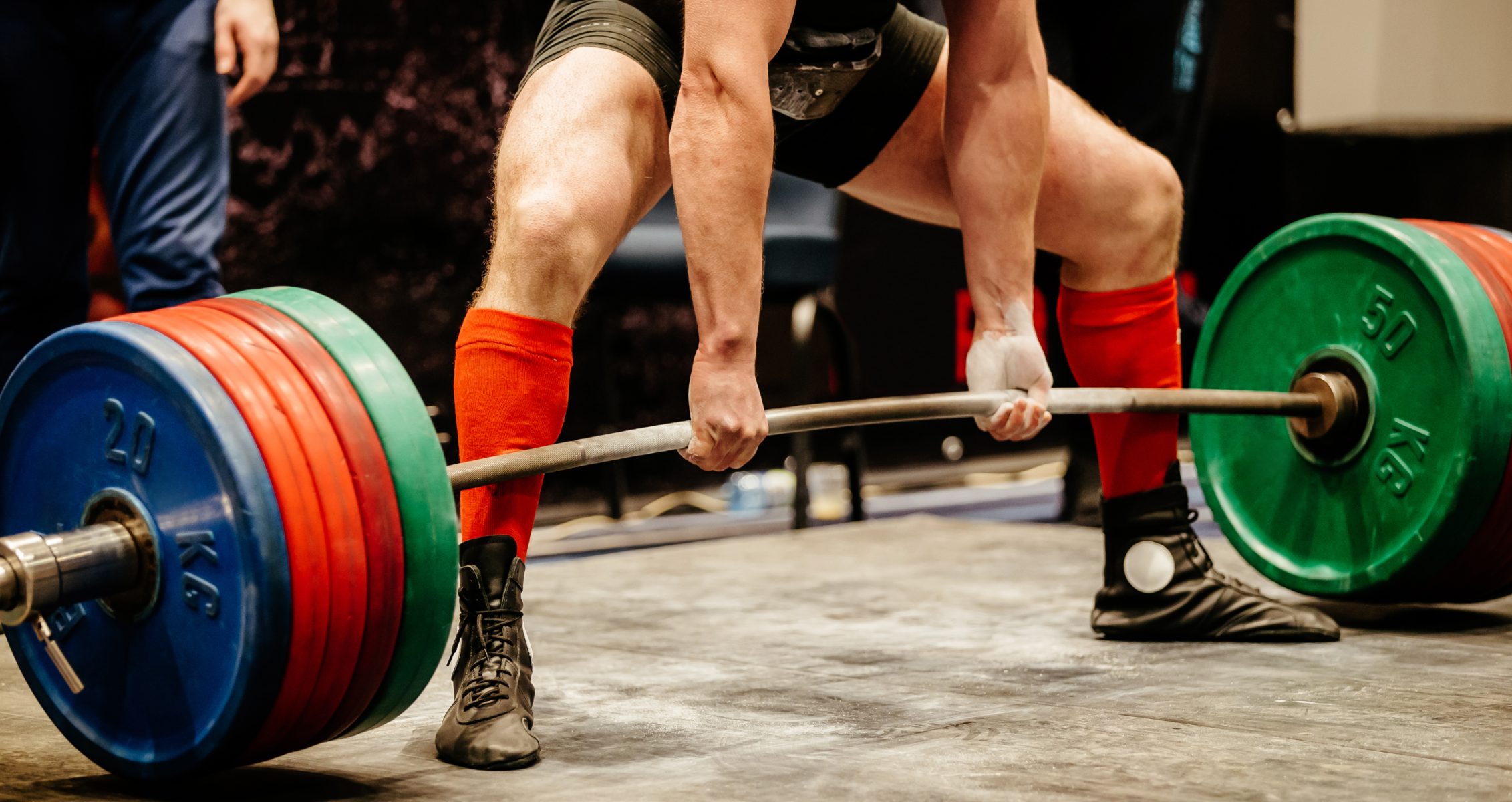Work to perfect this massive lift to boost all your gains.
The deadlift is the single most effective exercise in your training tool-box. However, if done incorrectly, it’s a back injury waiting to happen. In this article I’m going to break down what the deadlift is and how to properly execute it.
What Is The Deadlift?
The deadlift is a true full body exercise. While most people would consider it a “back” exercise, others will argue that it’s a “leg” exercise; in my book, it’s an everything exercise.
Why Is The Deadlift So Great?
When you deadlift you use every single muscle in your body. Your arms and forearms hold onto the barbell, your shoulders and traps hold and stabilize the weight, your back and core help keep your entire body stable, and your legs and entire posterior chain act as a lever to lift the weight.
On top of that, the deadlift is a basic human movement. From moving a piece of furniture to picking your child up off the floor – you are deadlifting. As you build solid form deadlifting in the gym, your form for deadlifting in real life will also improve. This means you’ll be less likely to injure yourself now and later down the road.
Steps To Perform The Deadlift
Here’s how to do a conventional barbell deadlift:
- Stand mid-foot under the barbell. Feet slightly angled outward, hip width apart. Look down – the bar should be over the middle of your feet.
- Bend over and grab the bar with a shoulder-width grip.
- Bend your knees until your shins touch the bar.
- With a neutral spine, lift your chest up and flex your butt.
- Take a big breath, hold it, and pick the bar up off the ground (It helps to think “drive through your heels”).
- Continue pressing with your legs and thrusting your hips forward until you are fully standing up.
- Hold the weight for a second at the top, with locked hips and knees. Then return the weight to the floor by moving your hips back while bending your legs. Rest a second at the bottom and repeat.
The fastest way to increase your deadlift is by improving your form. By pulling more efficiently you can deadlift heavier weights. This results in more strength and muscle gains.
https://youtube.com/watch?v=kYnXQYuKkCg&feature=oembed
Common Deadlifting Questions
Should I use straps while doing deadlifts?
Probably not. Straps will let you lift more than your hands can hold with a regular overhand grip but relying on straps will cause your grip strength to be undeveloped down the road. You’re better off developing your grip strength alongside your deadlifts. Plus, you’ll get beefy forearms in the process.
Do I need to use a lifting belt?
When starting out, you don’t have to worry about using a belt. However, as you get into really heavy weights, it may be something to look into.
Wearing a lifting belt reduces the amount of spinal flexion, spinal extension, and lateral flexion of the spine, but increases the amount of flexion at the hips and knees. In other words, a belt forces you to lift more with your legs than your back, which is precisely the biomechanical position you want to use when lifting something from the ground.
Check out this list of the Best Weightlifting Belts for great belts!
What kind of shoes should I wear to deadlift?
It doesn’t really matter what kind of shoes they are, as long as they are flat. Do NOT wear running shoes or athletic shoes with those pockets of air bubbles in the heels. You really have three options for deadlifting shoes:
- Flat Shoes – Converse by Chuck Norris work great.
- Deadlifting Shoes – Getting a bit fancy here, but if you are competing or just want the best possible shoes you can deadlift in, consider deadlifting shoes (also called weight lifting shoes).
- Barefoot – If you don’t want to invest in new shoes, deadlift barefoot (or in socks if the gym floors are particularly dirty.
https://youtube.com/watch?v=oAO4yMOI22g&feature=oembed
The Bottom Line
The benefits of deadlifts are numerous, ranging from improved athletic performance to muscle growth and increased strength. The deadlift works your glutes, hamstrings, quadriceps, abdominal muscles, lower back muscles, back muscles like the latissimus dorsi (commonly known as the lats), and your forearms since you have to hold onto the bar to prevent it from slipping out of your hands. Since there are many muscles incorporated in the deadlift, you can lift more weight than many other exercises. This makes the deadlift ideal for building muscle and strength.
However, if performed incorrectly, deadlifts can lead to muscle tweaks, pinched nerves or other serious injuries to your back. But don’t let that scare you, follow the tips outlined in this article and you’ll be good to go.
Let us know what you think in the comments below. Also, be sure to follow Generation Iron on Facebook, Twitter, and Instagram.

